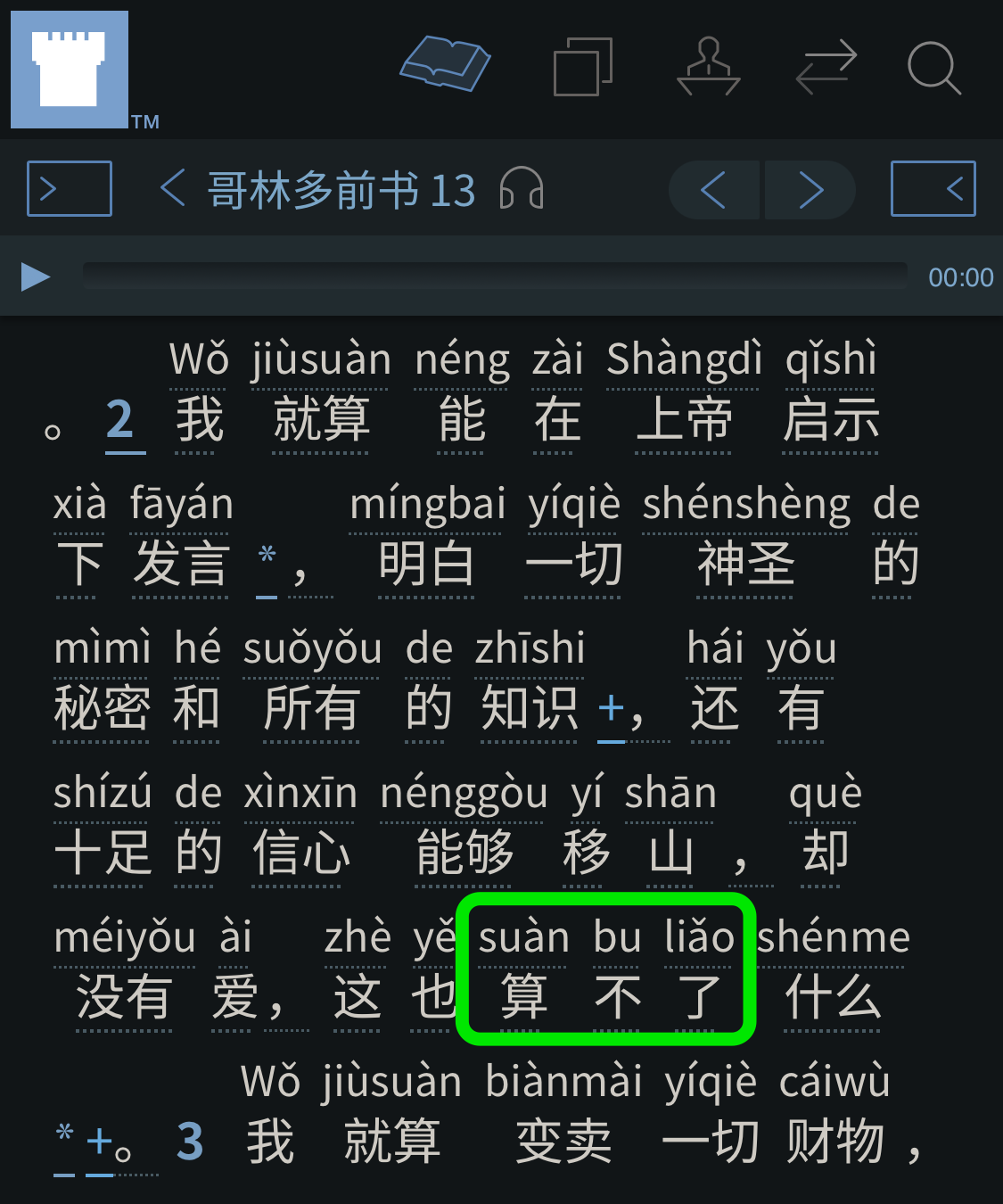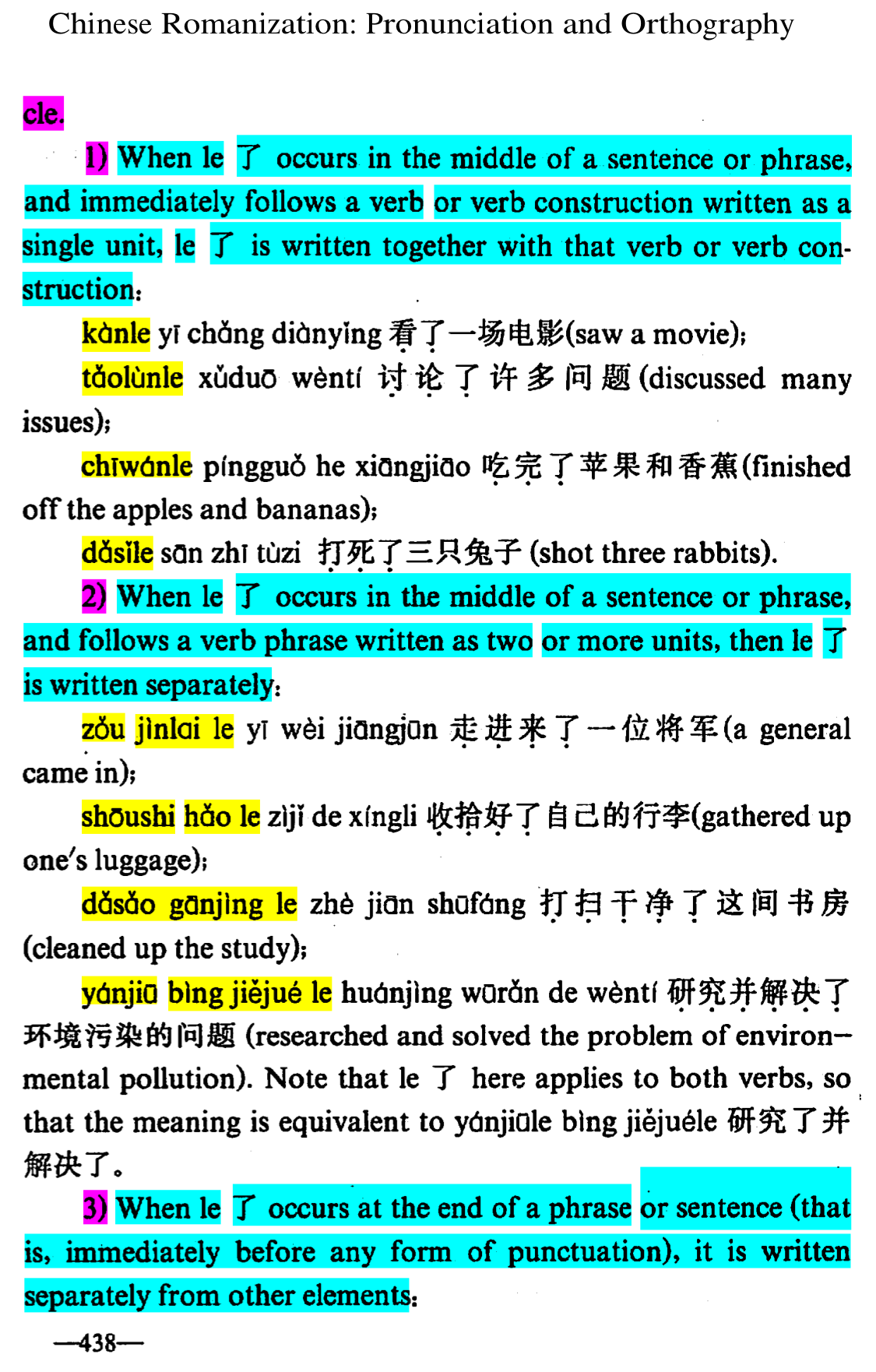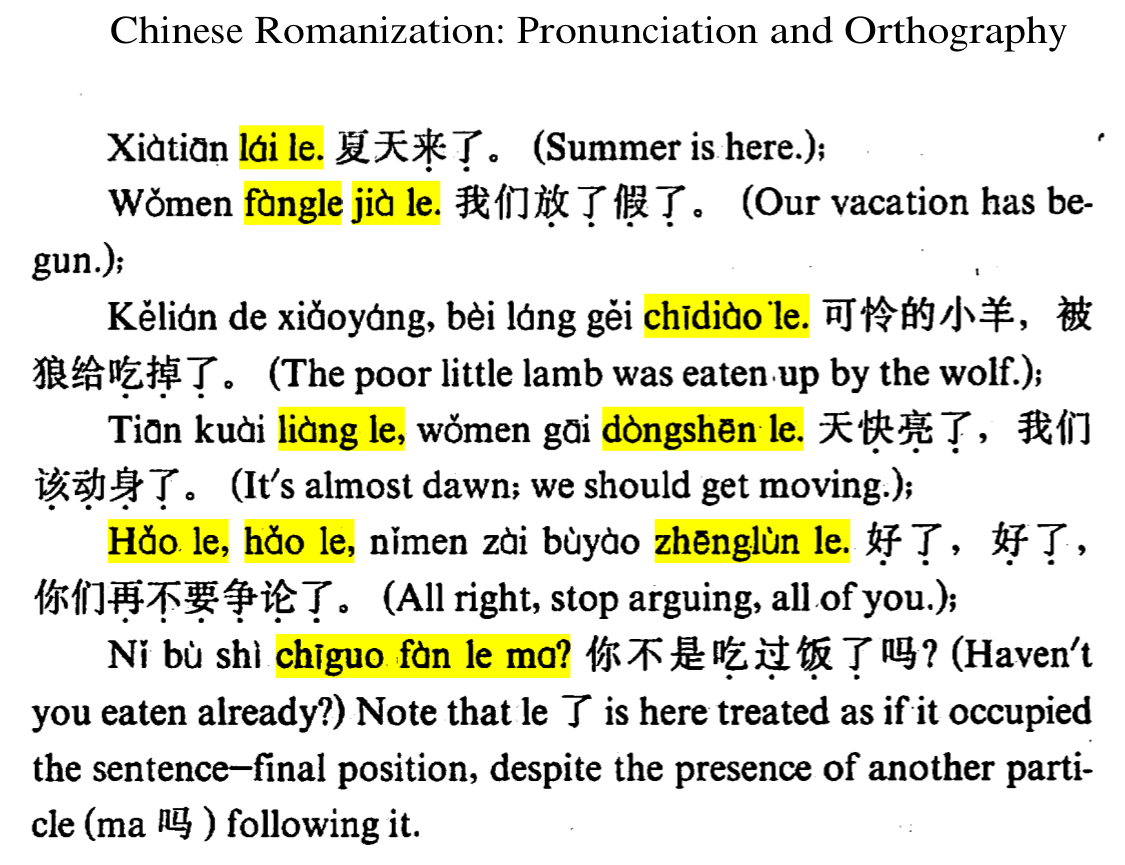suàn buliǎo ((suàn {to be counted as} [→ [to be considered/regarded as]] 算) (bu·liǎo not · {is finishing} → [is unable] 不了) → [is not able to be counted/considered/regarded as]) ← Tap/click to show/hide the “flashcard”
[Notes: Tap/click on a Pīnyīn (Pīn·yīn {Piecing Together of} · Sounds → [Pinyin] 拼音) expression to reveal its “flashcard”; tap/click on a “flashcard” or its Pīnyīn (Pīn·yīn {Piecing Together of} · Sounds → [Pinyin] 拼音) expression to hide the “flashcard”. 📖 📄 📘 icons mean 📖 Reveal All, 📄 Reveal Advanced, and 📘 Reveal None re all the “flashcards” in the heading, paragraph, etc. that they are placed at the beginning of.]
I have long especially liked 1 Corinthians 13. It contains counsel on what really does and doesn’t matter in life, an extensive description and definition of the most important kind of love, and a sublime discussion about the need to become complete, mature, as a person. As these apply to life in general, so too do they apply to our lives as Mandarin field language learners.
As Mandarin field language learners, it can benefit us greatly to consider what we can learn from 1 Corinthians 13, and along the way, we can also consider some of the Mandarin expressions used in that chapter in the current version of the Mandarin New World Translation Bible (nwtsty).
Not That “了”, the Other “了”
This week’s MEotW, “suàn buliǎo ((suàn {to be counted as} [→ [to be considered/regarded as]] 算) (bu·liǎo not · {is finishing} → [is unable] 不了) → [is not able to be counted/considered/regarded as])”, is used in verse 2 (WOL, Pīnyīn (Pīn·yīn {Piecing Together of} · Sounds → [Pinyin] 拼音) Plus) of 1 Corinthians 13:

(Dark mode for the Watchtower ONLINE LIBRARY (WOL) website, as shown in the above image, can be enabled in the Safari web browser by using the Noir Safari extension.)
The “suàn (calculate; compute; figure | count (v) [→ [consider/regard as]] 算)” in “suàn buliǎo ((suàn {to be counted as} [→ [to be considered/regarded as]] 算) (bu·liǎo not · {is finishing} → [is unable] 不了) → [is not able to be counted/considered/regarded as])” can literally mean “to be counted as”, and in this expression, it can effectively mean “to be considered/regarded as”. The “bu (not 不)” used here is the familiar one that means “not”.
The character “了” often represents “le (-ed | {to completion} | [(at the end of a phrase/sentence) indicates a change] 了)”, but in “bùliǎo/buliǎo (bù·liǎo/bu·liǎo not · {is finishing} [→ [is unable]] 不了)”, “了” has a different pronunciation, and a different, although probably related, meaning. Critics of Pīnyīn (Pīn·yīn {Piecing Together of} · Sounds → [Pinyin] 拼音) like to point out that Mandarin has many homophones (different words that sound the same) (which in practice are handily handled by using sufficient context, as is routinely done when speaking Mandarin), but this is a case of Chinese character homographs (different words that are written the same) which are easier to tell apart in Pīnyīn (Pīn·yīn {Piecing Together of} · Sounds → [Pinyin] 拼音).
Anyway, while “le (-ed | {to completion} | [(at the end of a phrase/sentence) indicates a change] 了)” is either an aspect marker meaning “to completion” or a modal particle used at the end of a phrase or sentence that indicates a change, “liǎo ({to be ending; finishing; concluding; settling} | {know clearly}; understand 了)” is a verb meaning “end; finish; conclude; settle”. (For more information about aspect markers and modal particles, see the MEotW post on “jiéle hūn ((jié·le {tied (a knot of)} · {to completion} 结了 結了) (hūn marrying → [marriage] 婚) → [[got] married])”.)
When brought together, the morphemes in “suàn buliǎo ((suàn {to be counted as} [→ [to be considered/regarded as]] 算) (bu·liǎo not · {is finishing} → [is unable] 不了) → [is not able to be counted/considered/regarded as])” literally mean “to be counted as not is finishing”, and effectively mean “is not able to be counted/considered/regarded as”.
Bookends
📖 📄 📘 Wǒ (I 我) jiùsuàn (jiù·suàn {even if} · {figuring → [considering]} 就算) néng ({am able} 能) zài (at 在) Shàngdì (Shàng·dì Above’s · {Emperor’s → [God’s]} → [God’s] 上帝) qǐshì (qǐ·shì {opening → [enlightening]} · showing → [inspiring] 启示 啟示) xià (under 下) fāyán (fā·yán {to issue forth} · speech → [to speak] 发言 發言), míngbai (míng·bai {am bright (about) → [am understanding]} · clearly 明白) yíqiè (yí·qiè {one (whole)} · {corresponding (set of)} → [all] 一切) shénshèng (shén·shèng godly · holy 神圣 神聖) de (’s 的) mìmì (mì·mì secret · {dense → [intimate] → [secret]} (things) → [secrets] 秘密 秘/祕密) hé ({(together) with} → [and] 和 和/龢) suǒyǒu (suǒ·yǒu {(all) which} · {(there) is having → [(there) is]} → [all] 所有) de (’s 的) zhīshi (knowledge 知识 知識), hái (also 还 還) yǒu ({am having} 有) shízú (shí·zú {ten (times)} · sufficient → [complete] 十足) de (’s 的) xìnxīn (xìn·xīn believing · heart → [faith] 信心) nénggòu (néng·gòu able · enough 能够 能夠) yí ({to move} 移/迻) shān (mountains 山), què (but 却 卻) méiyǒu (méi·yǒu not · {do have} 没有 沒有) ài (love 爱 愛), zhè (these 这 這) yě (even 也) suàn buliǎo ((suàn {to be counted as} → [to be considered as] 算) (bu·liǎo not · {are finishing} → [are unable] 不了) → [are not able to be considered as]) shénme (shén·me {what → [anything]} · [suf] 什么 什/甚麼).
In the current Mandarin New World Translation Bible’s rendition of 1 Corinthians 13:2, shown above in the Pīnyīn (Pīn·yīn {Piecing Together of} · Sounds → [Pinyin] 拼音) Plus format, the “suàn (calculate; compute; figure | count (v) [→ [consider/regard as]] 算)” in “suàn buliǎo ((suàn {to be counted as} [→ [to be considered/regarded as]] 算) (bu·liǎo not · {is finishing} → [is unable] 不了) → [is not able to be counted/considered/regarded as])”, near the end of the verse, had also appeared in “jiùsuàn (jiù·suàn {even if} · {figuring → [considering]} 就算)” (a past MEotW), near the beginning of the verse. These two expressions thus act in Mandarin as bookends for this verse, expressing that while some may consider having “the gift of prophecy”, understanding of “all knowledge”, etc. to be really liǎo buqǐ ((liǎo understood 了) (bu·qǐ not · {to be rising → [up]} 不起) → [beyond understanding] → [extraordinary]) *, if one does not have love, even such things cannot be considered as being worth anything.—1 Corinthians 13:2.
* Hey, there’s “了” again, with yet another meaning! Good thing we can use Pīnyīn (Pīn·yīn {Piecing Together of} · Sounds → [Pinyin] 拼音) to clearly show which pronunciation should be used here! 😁 ^


